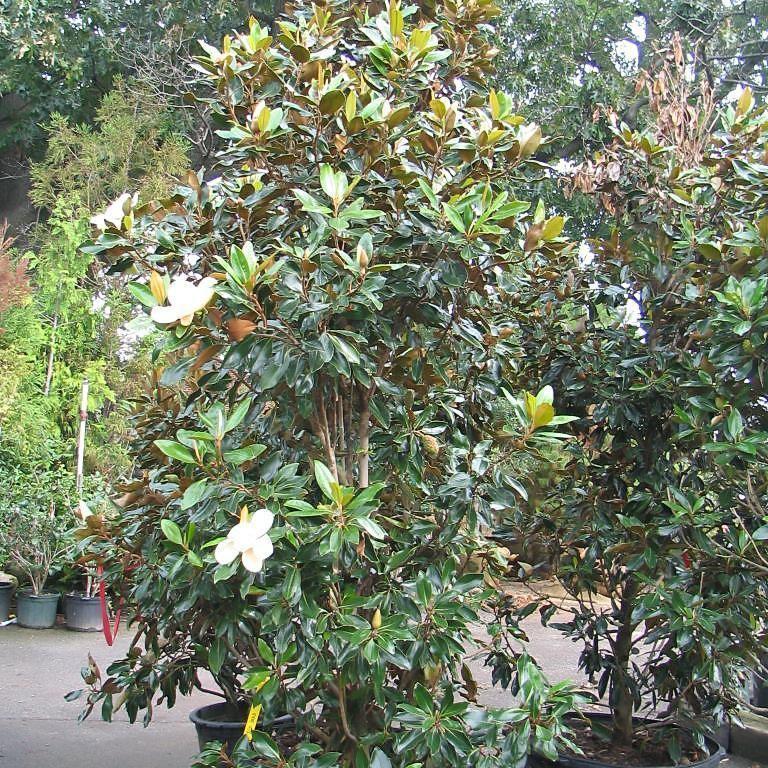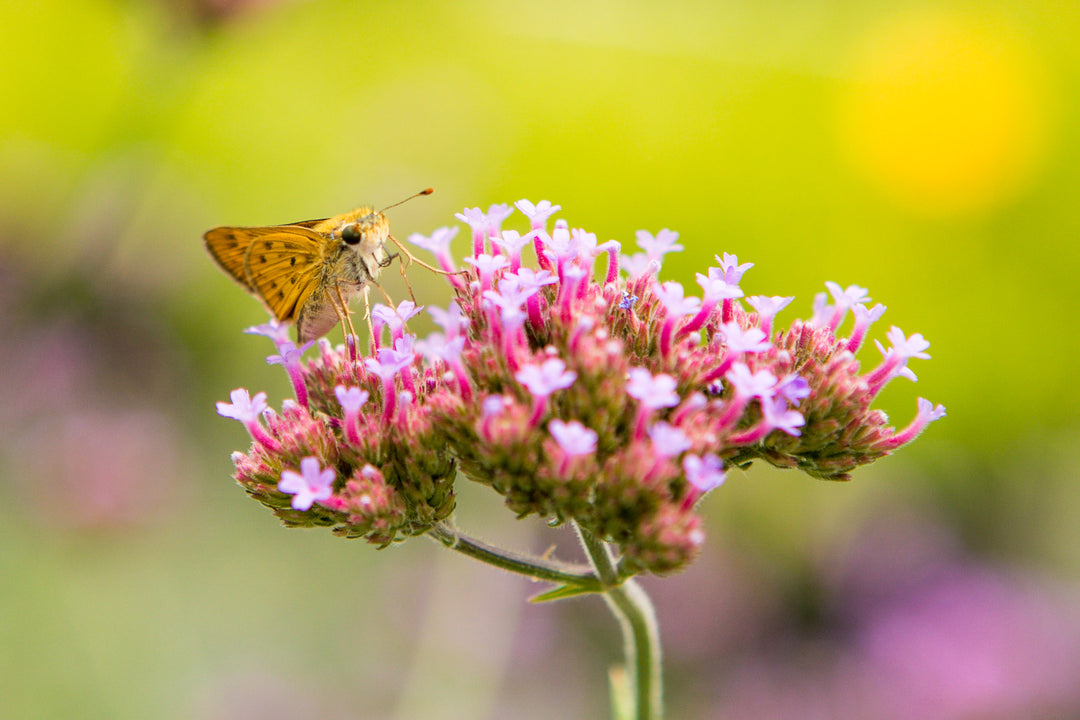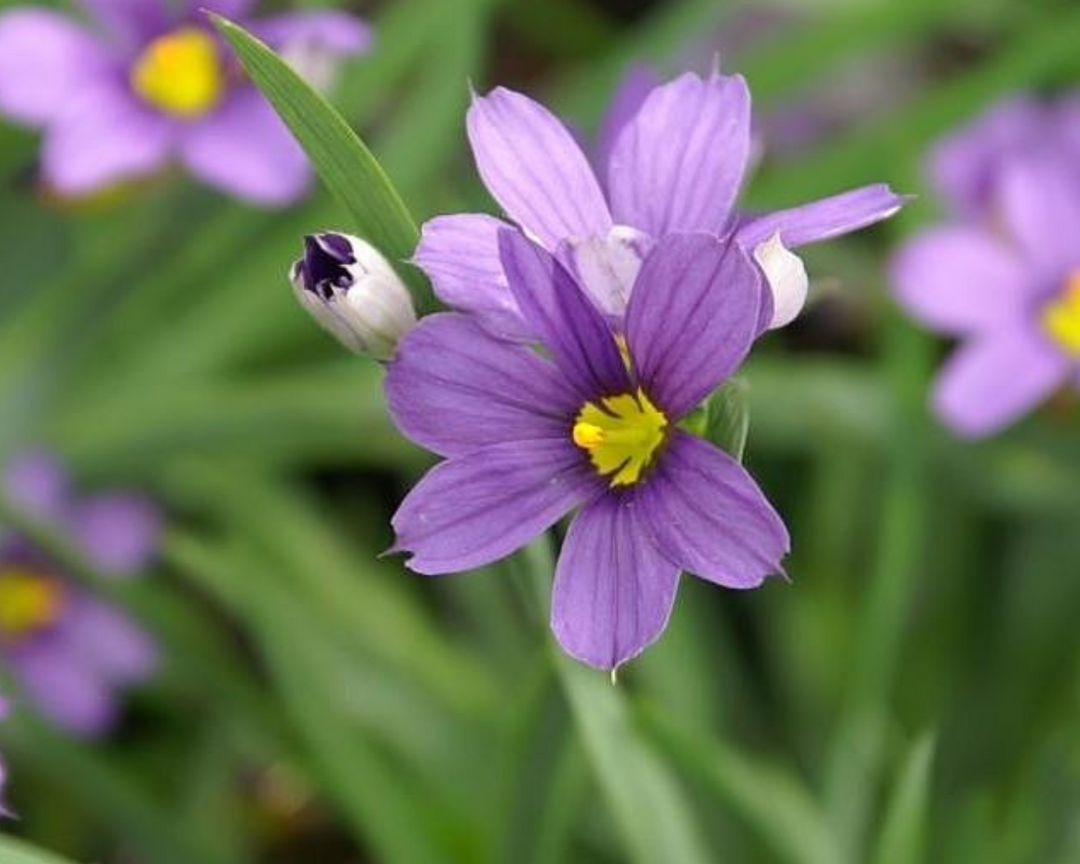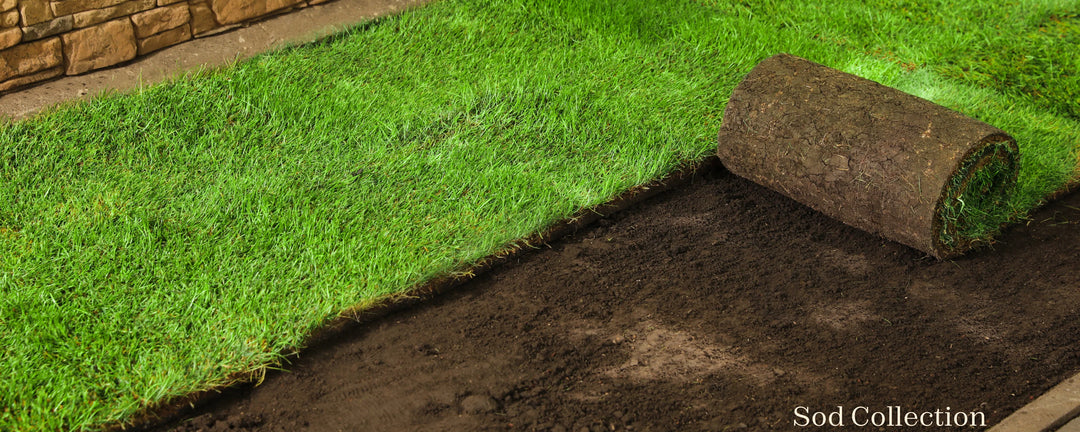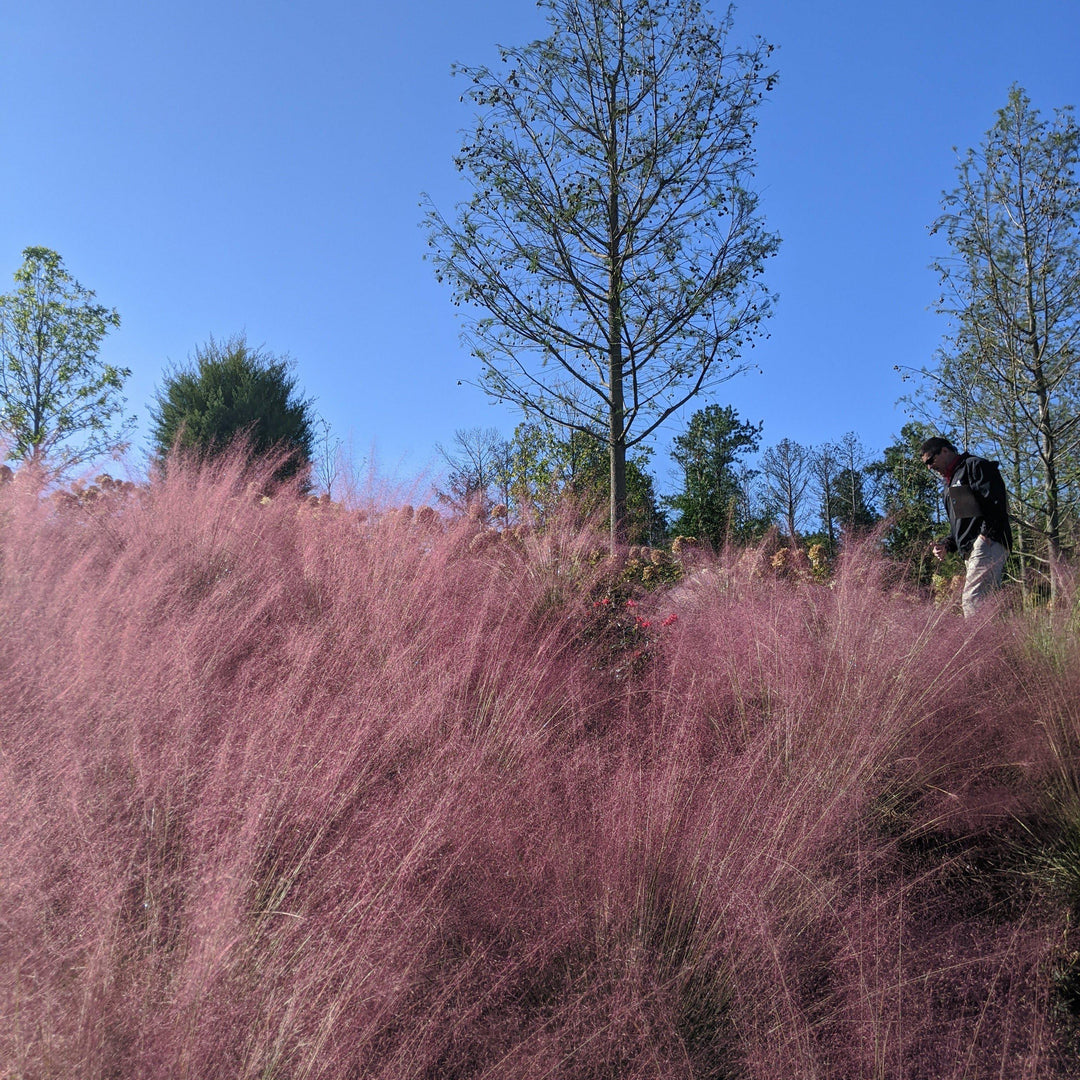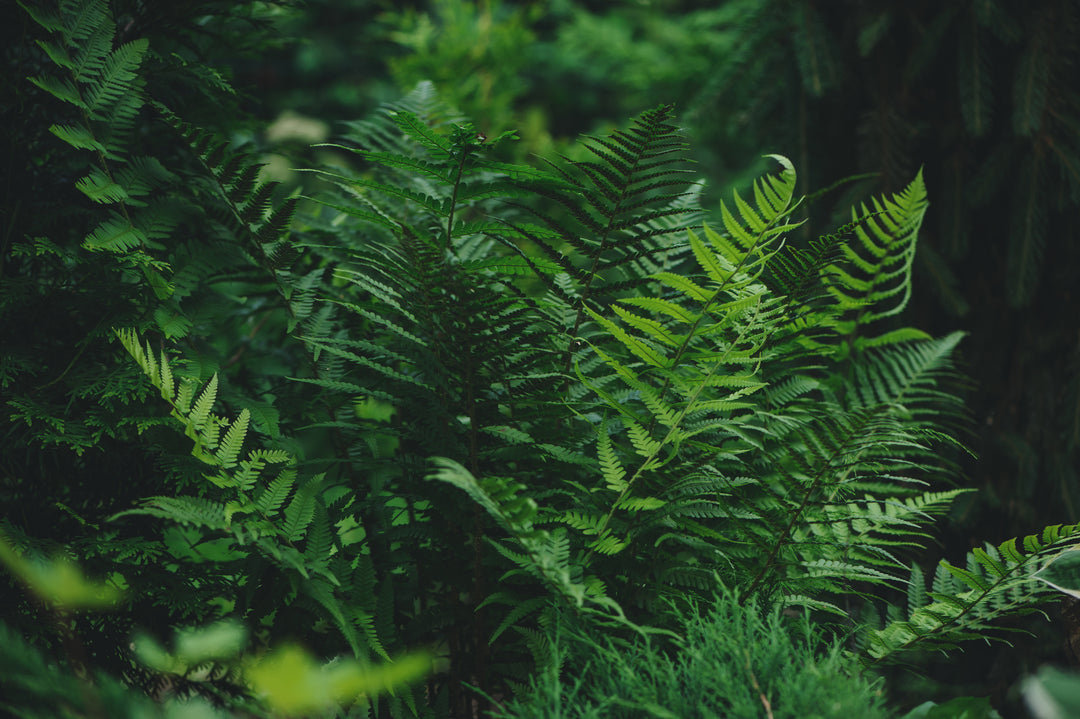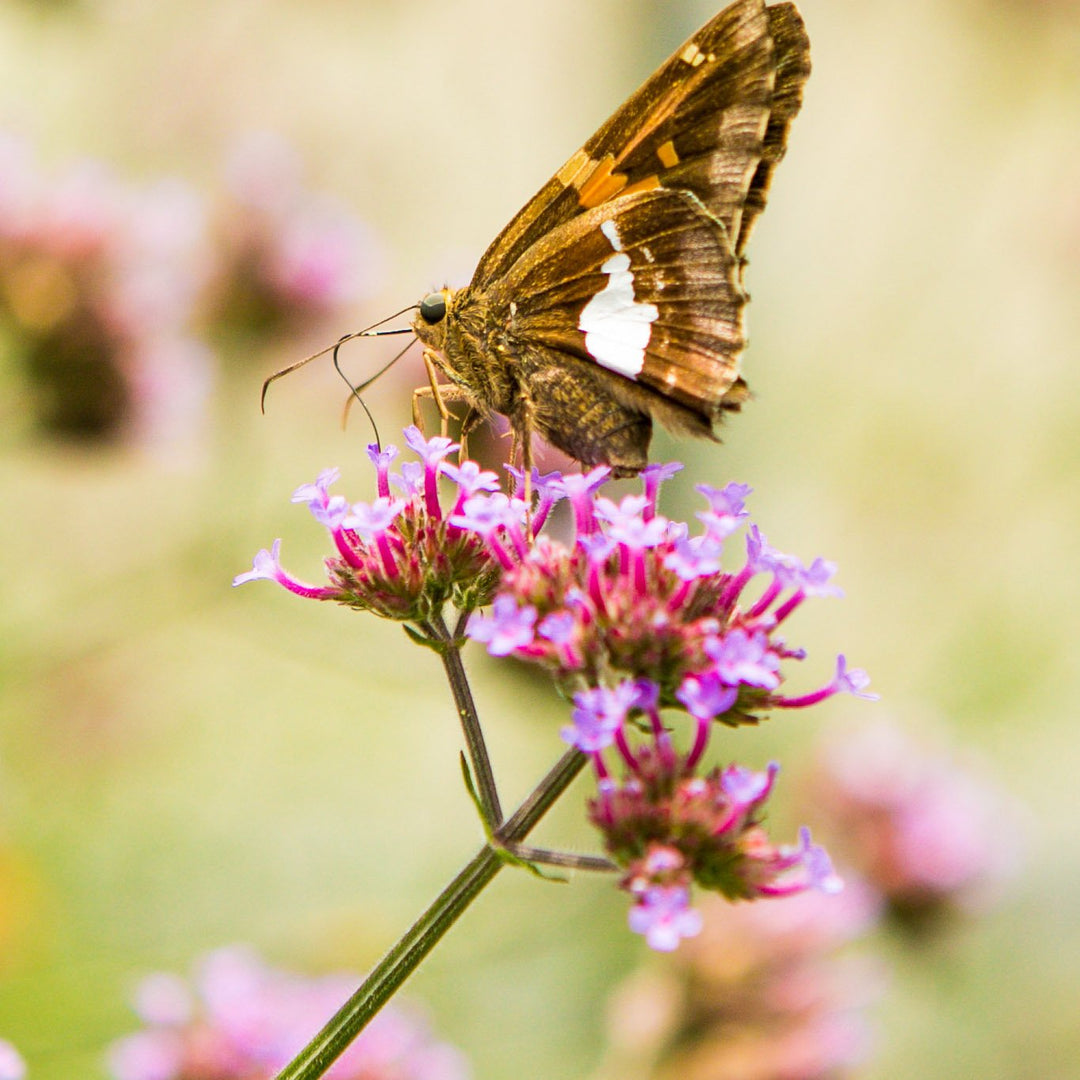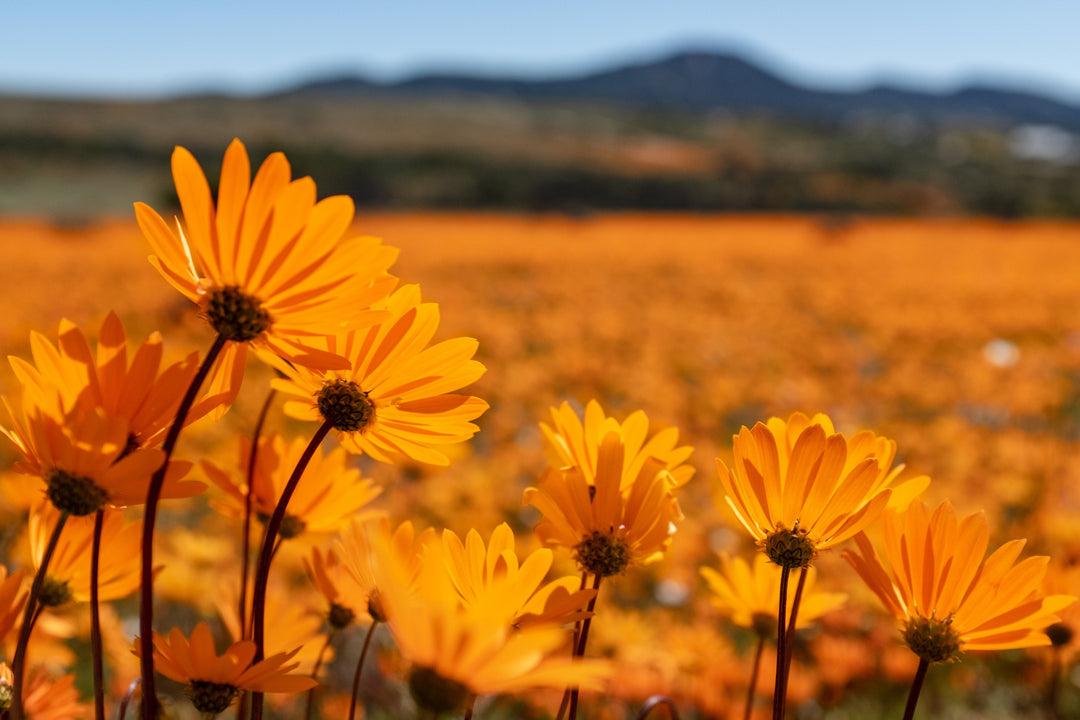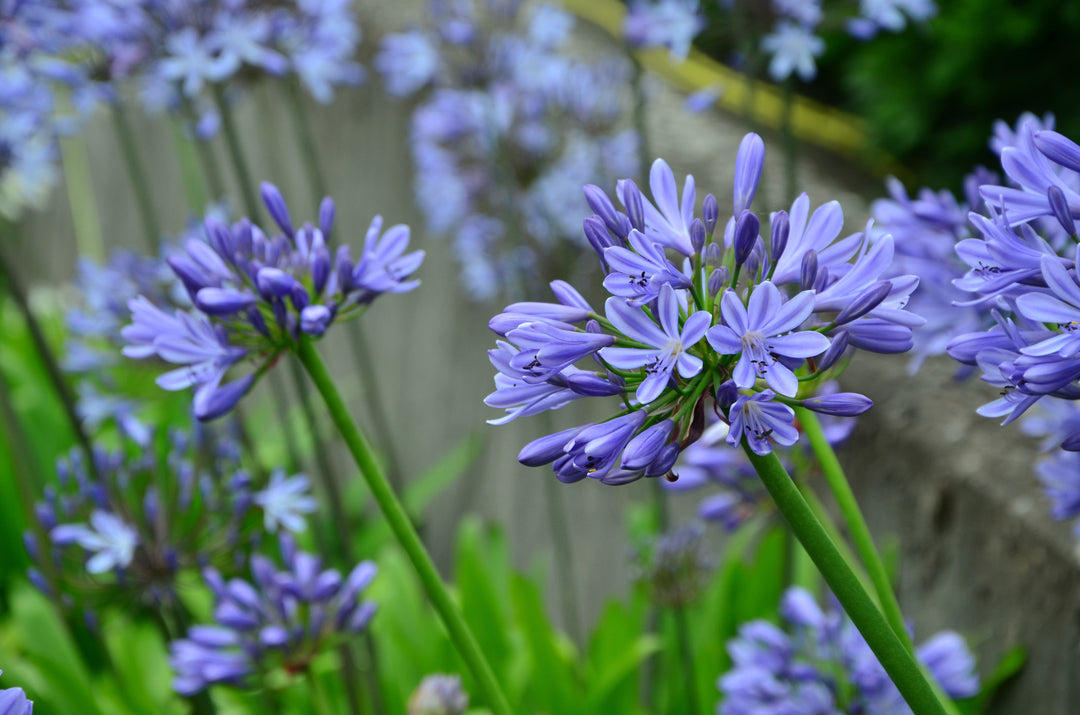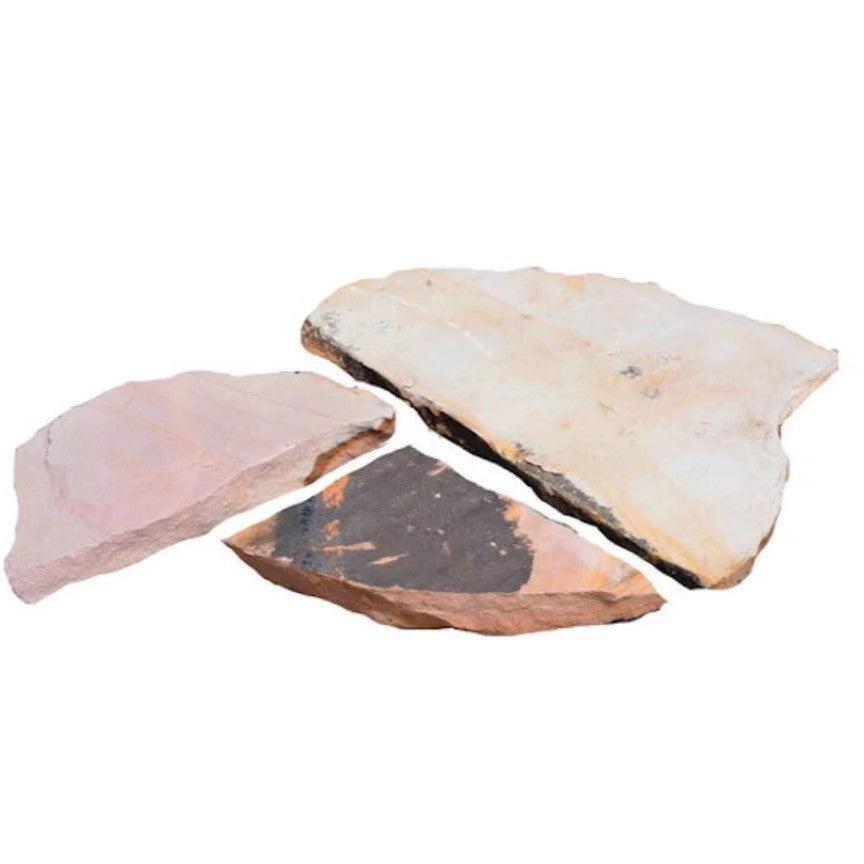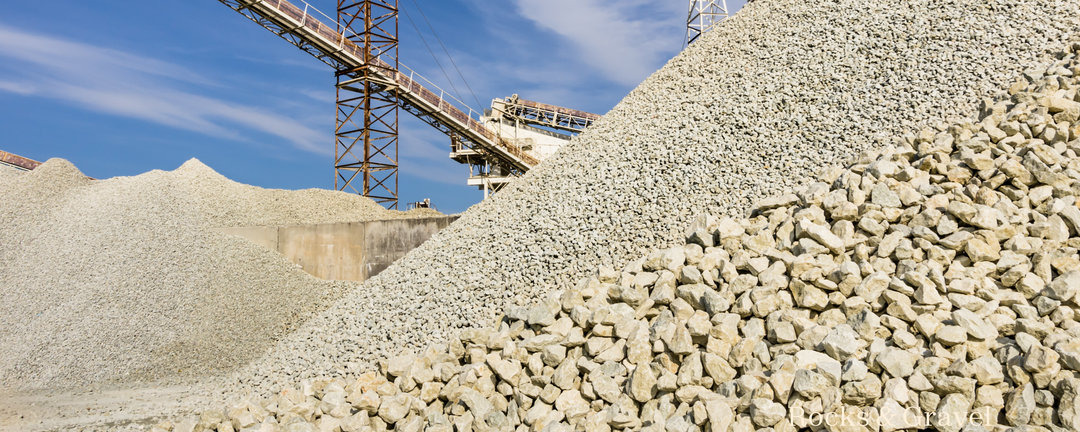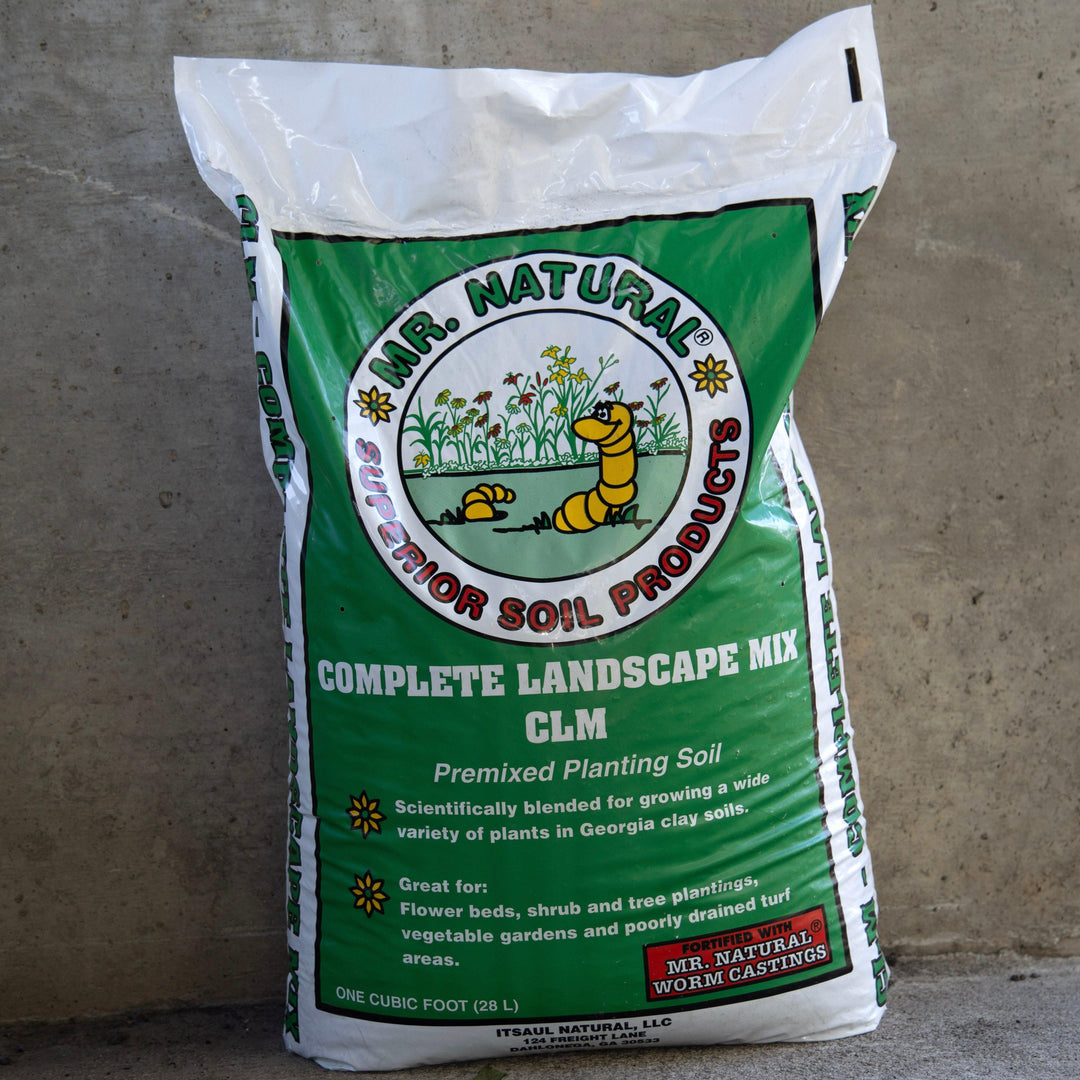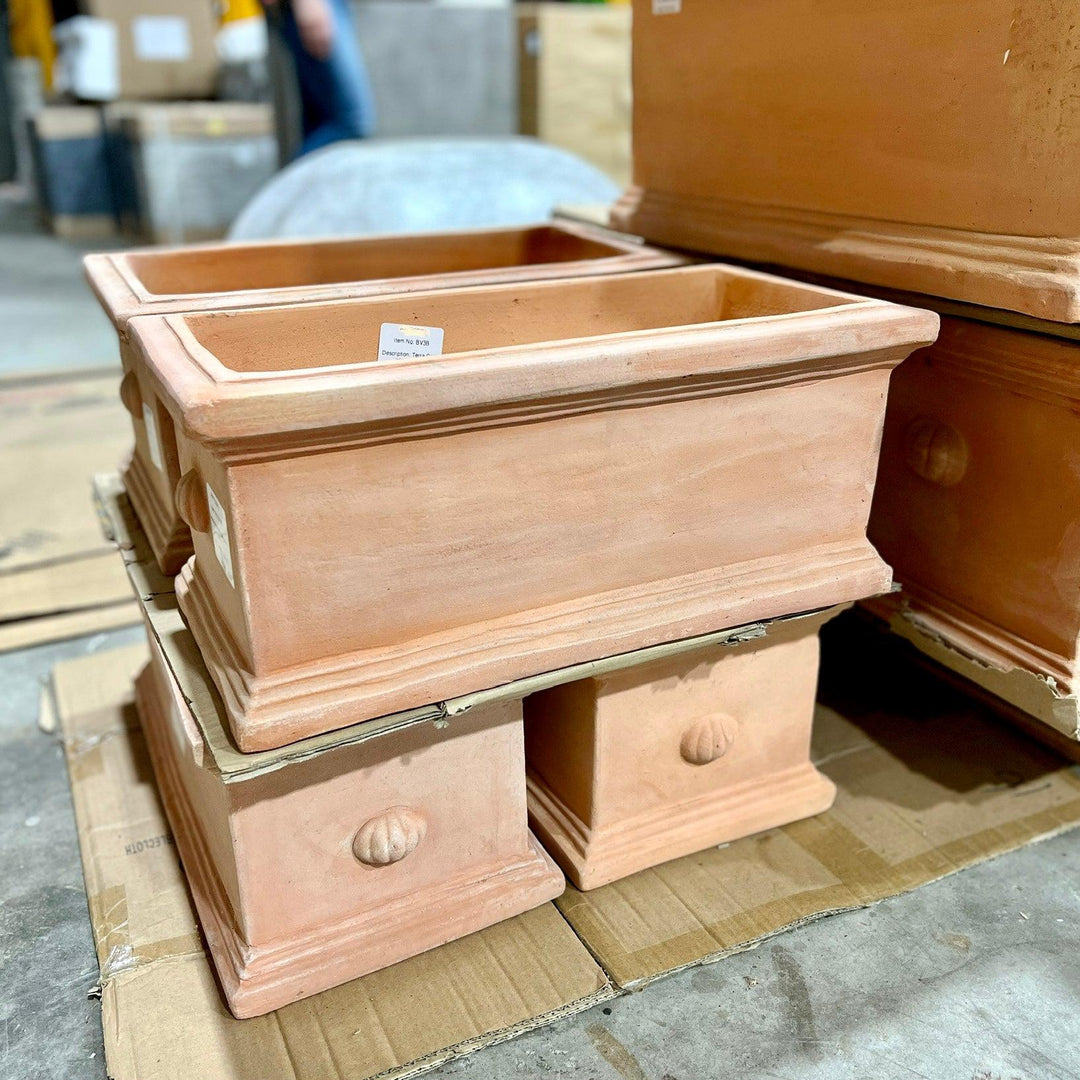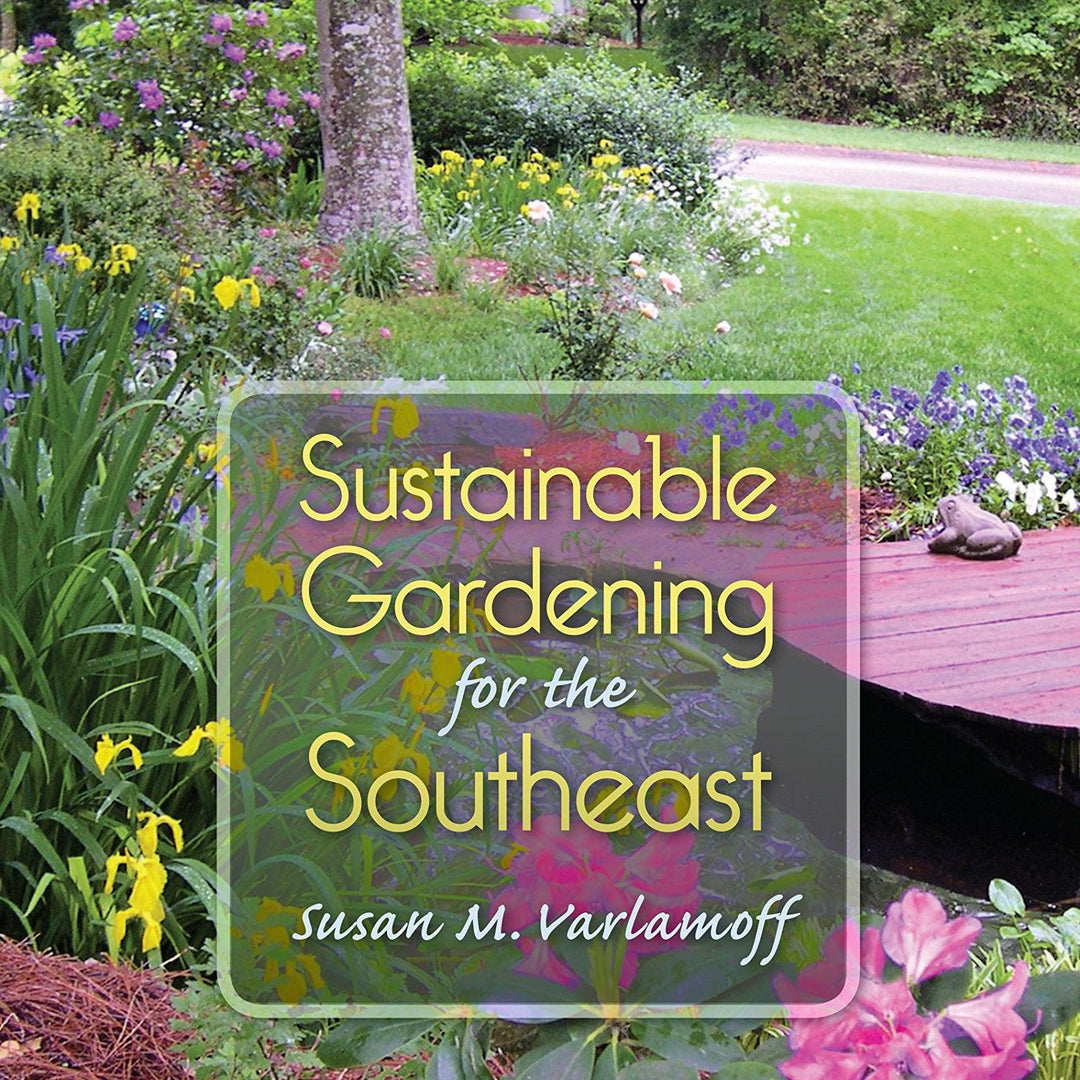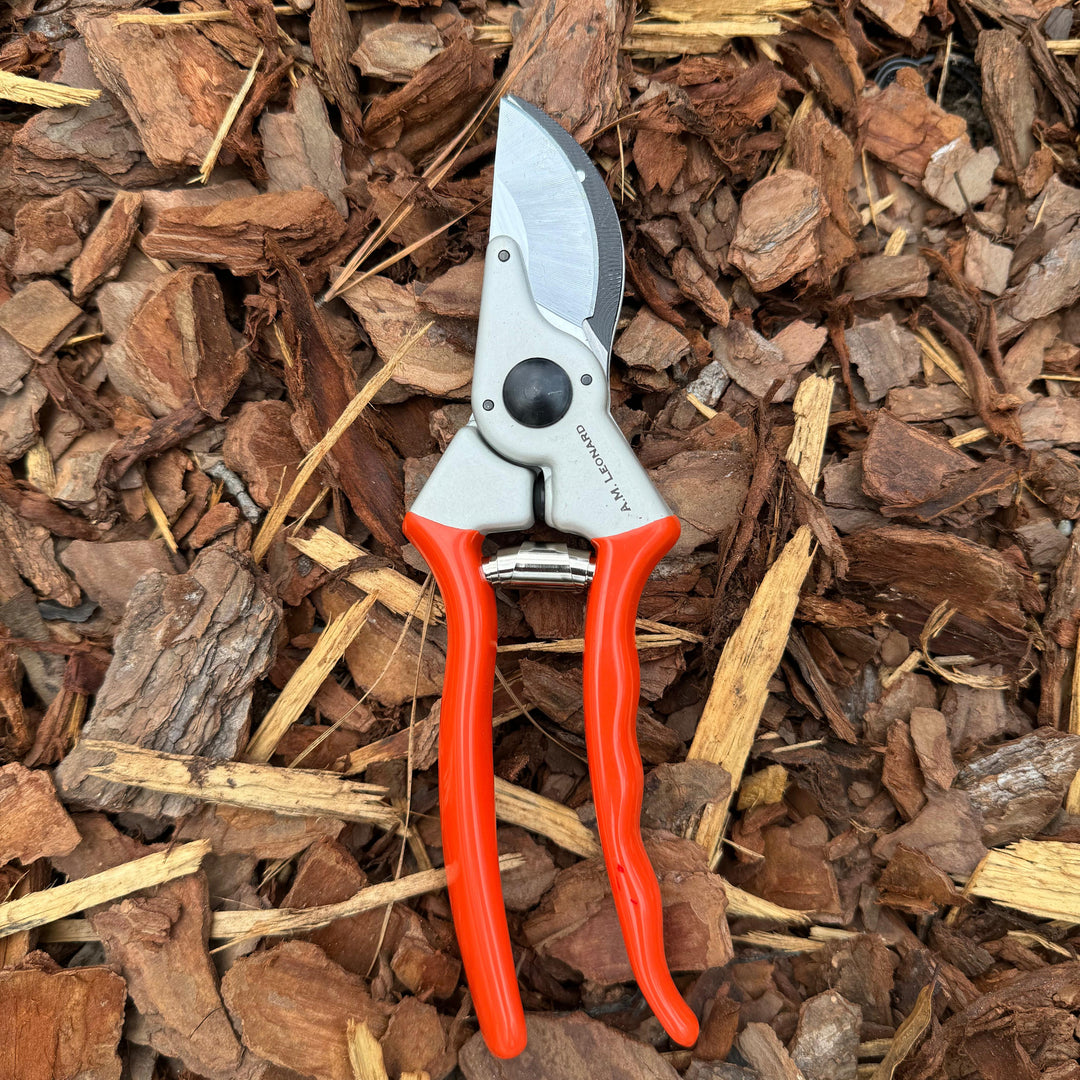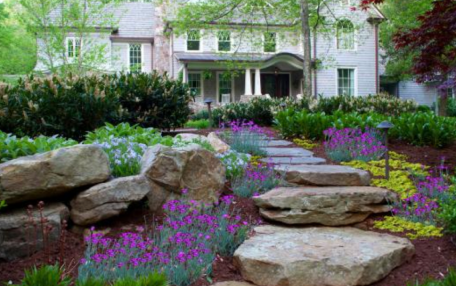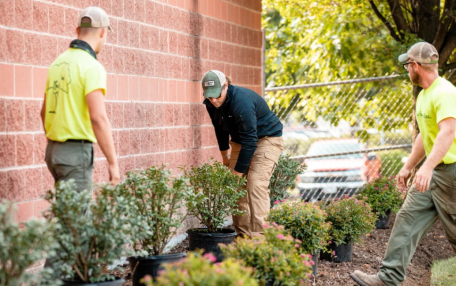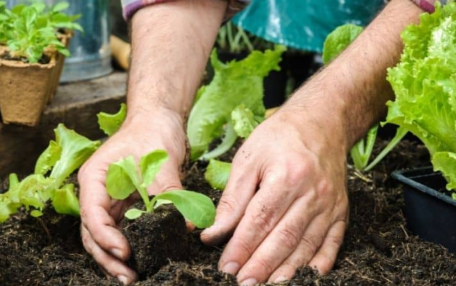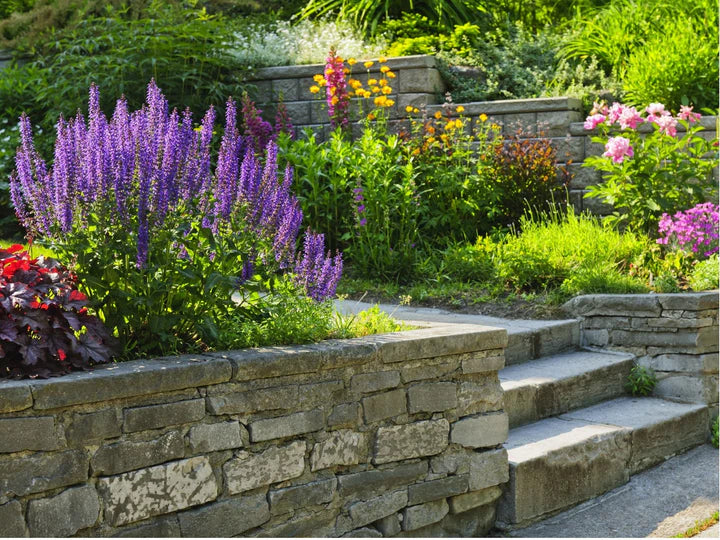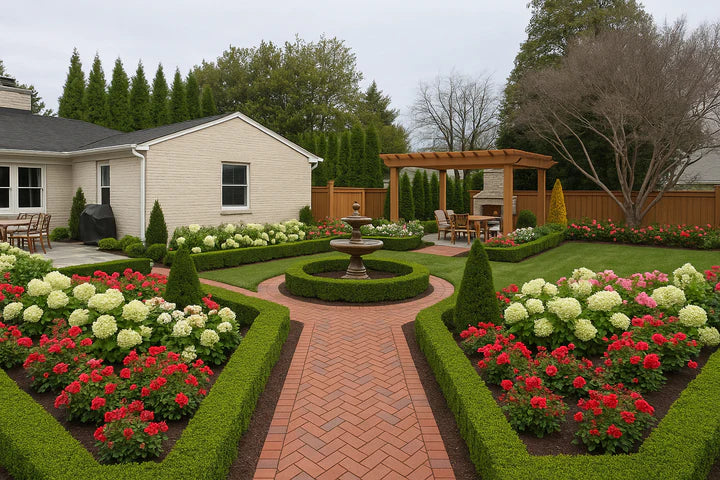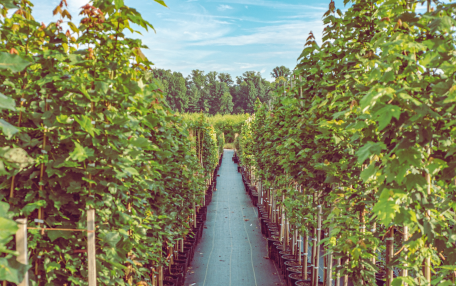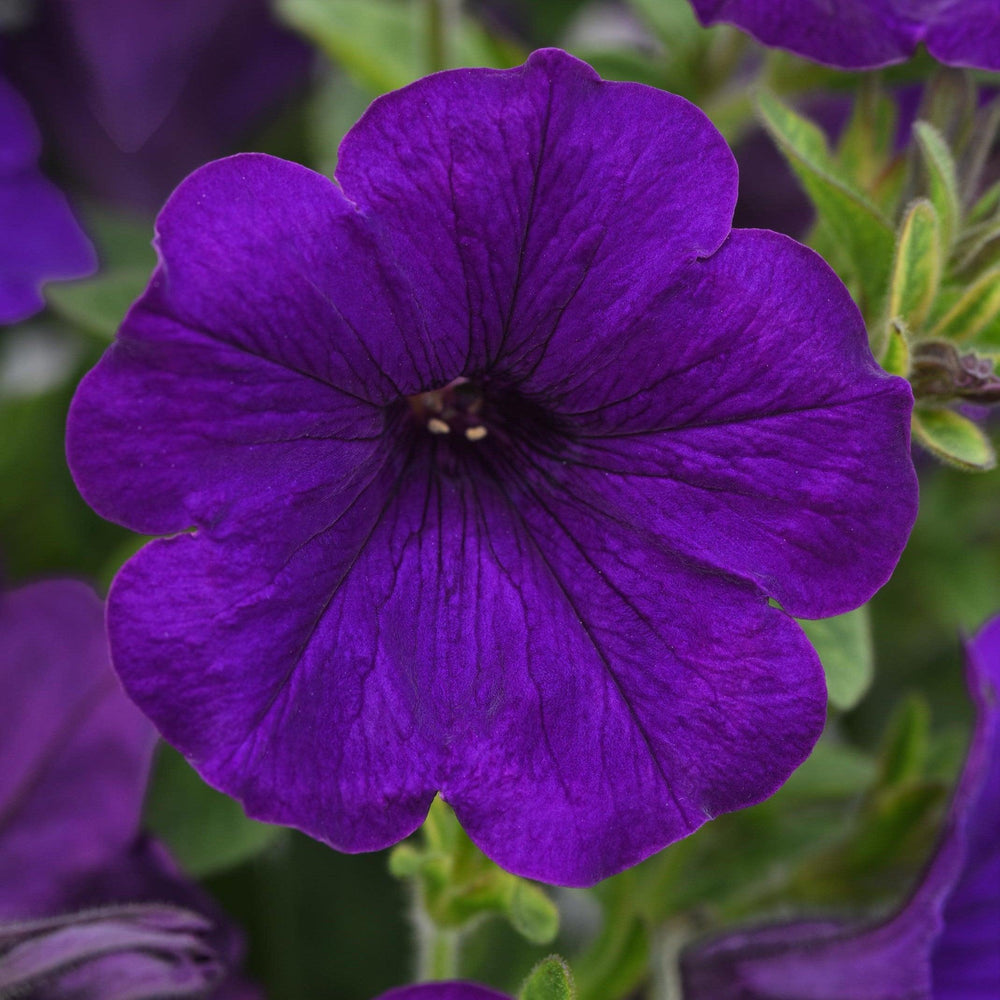Why Drought-Resistant Gardening Matters in the South
The Southern states—especially in USDA Zones 8 and 9—often face hot, dry summers and occasional drought spells. Relying heavily on irrigation isn’t always sustainable or cost-effective. Drought-tolerant plants offer:
-
Lower water usage and utility costs
-
Reduced maintenance and stress on resources
-
Increased resilience during heat waves and dry spells
-
Beautiful blooms and textures with less effort

Design Tips for Low-Water Gardens
1. Group by Water Needs
Place plants with similar watering needs together. This simplifies irrigation and avoids overwatering drought-adapted plants.
2. Improve Soil with Organic Matter
Amending soil with compost increases its ability to hold moisture—especially important in sandy or clay-heavy Southern soils.
3. Mulch Heavily
Apply a 2–3 inch layer of mulch to reduce surface evaporation and regulate soil temperature.
4. Choose the Right Location
Plant heat-lovers in full sun and provide afternoon shade to plants with moderate drought tolerance.
5. Plant in Fall or Early Spring
This gives roots time to establish before peak summer heat arrives.

Top Drought-Tolerant Plants for the Hot South
Perennials
-
Black-Eyed Susan (Rudbeckia fulgida) – Tough native with bold golden blooms. Thrives in heat and full sun.
-
Purple Coneflower (Echinacea purpurea) – Reliable bloomer that attracts pollinators and handles drought well.
-
Yarrow (Achillea millefolium) – Feathery foliage with clusters of long-lasting flowers in many colors.
-
Gaillardia (Gaillardia pulchella) – Also called blanket flower, it's heat-hardy and blooms nonstop in poor soils.
Ornamental Grasses
-
Muhly Grass (Muhlenbergia capillaris) – Drought-hardy native with spectacular pink plumes in fall.
-
Little Bluestem (Schizachyrium scoparium) – A tough prairie grass with blue-green blades and red fall color.
Groundcovers
-
Creeping Thyme (Thymus serpyllum) – Aromatic, sun-loving groundcover ideal for dry spots.
-
Sedum (Sedum spp.) – Succulent groundcovers that thrive in hot, dry beds and containers.
Shrubs
-
Abelia (Abelia x grandiflora) – Glossy foliage and trumpet-shaped blooms that tolerate sun and drought.
-
Yucca (Yucca filamentosa) – Architectural and nearly indestructible with sword-like leaves and tall flower spikes.
Trees
-
Eastern Redbud (Cercis canadensis) – Spring blooms, adaptable to dry conditions once established.
-
Chinkapin Oak (Quercus muehlenbergii) – A drought-tolerant native oak perfect for shade and wildlife value.

Watering Wisely in Drought-Adapted Gardens
Even drought-resistant plants need help establishing. Use this quick guide:
| Stage | Frequency |
|---|---|
| First 2 weeks | Water every 1–2 days |
| Weeks 3–6 | Water 2–3 times per week |
| After 6 weeks | Water weekly or as needed |
| Established plants | Water deeply every 10–14 days |
Water early in the morning to reduce evaporation, and use drip irrigation or soaker hoses for efficiency.
Beauty Without the Thirst
Creating a low-water garden in the Southern heat doesn’t mean sacrificing color or interest. With the right drought-tolerant plants and mindful design, your garden can remain vibrant and thriving even during the driest months. Focus on native or regionally adapted plants, mulch generously, and water wisely to build a sustainable landscape that supports both beauty and resilience.https://servescape.com/pages/global-search-result?q=Cercis%20canadensis

